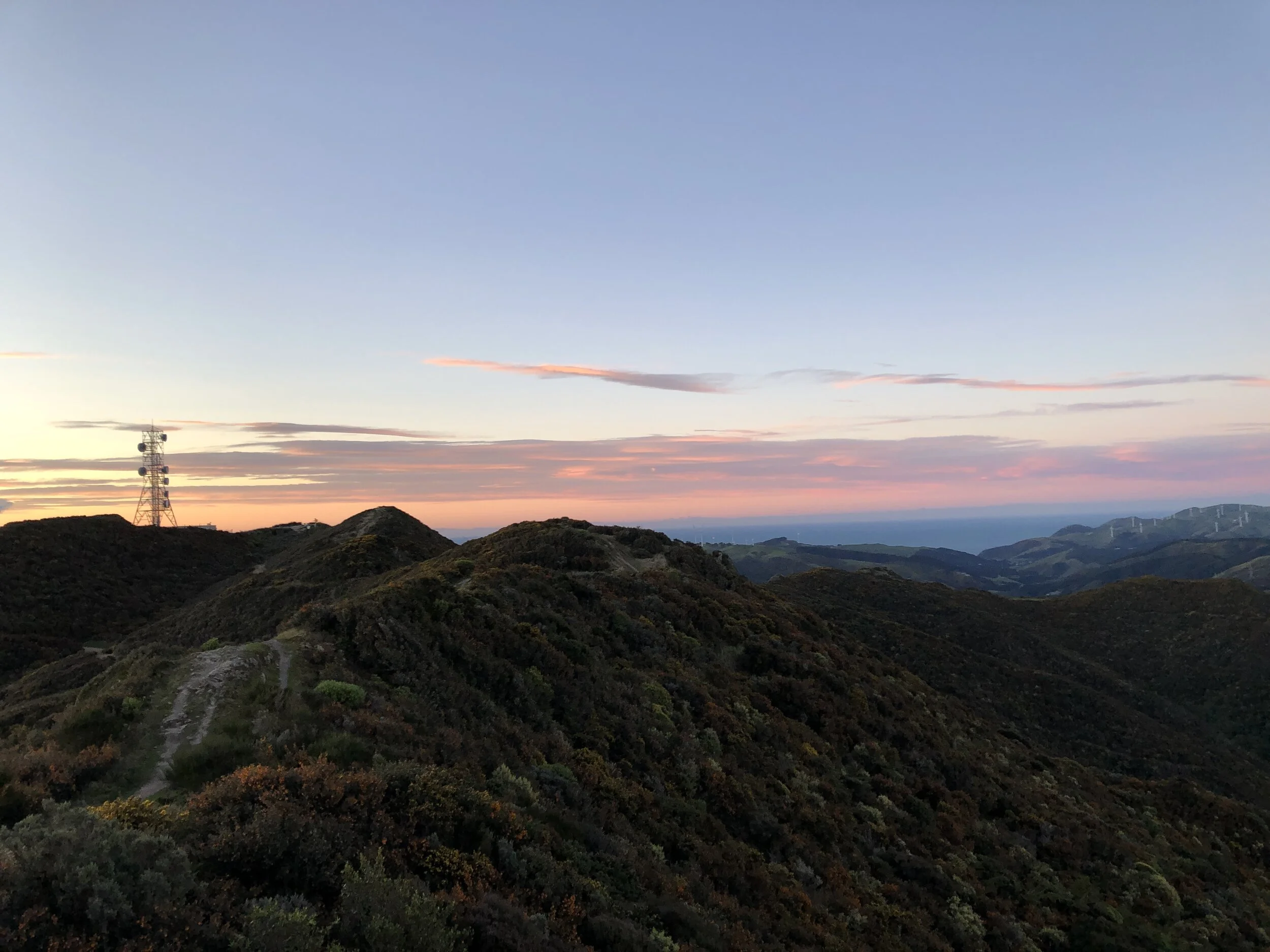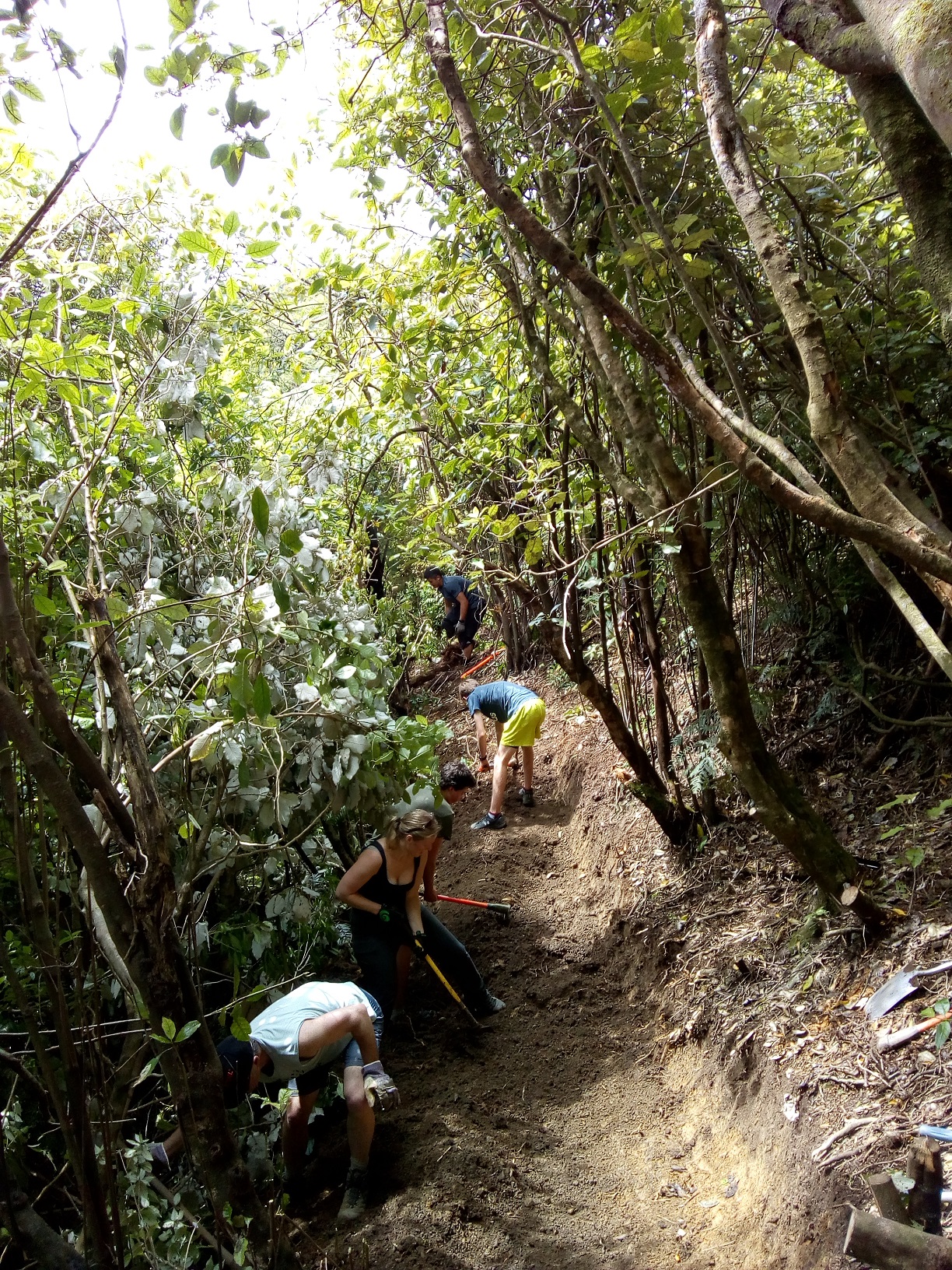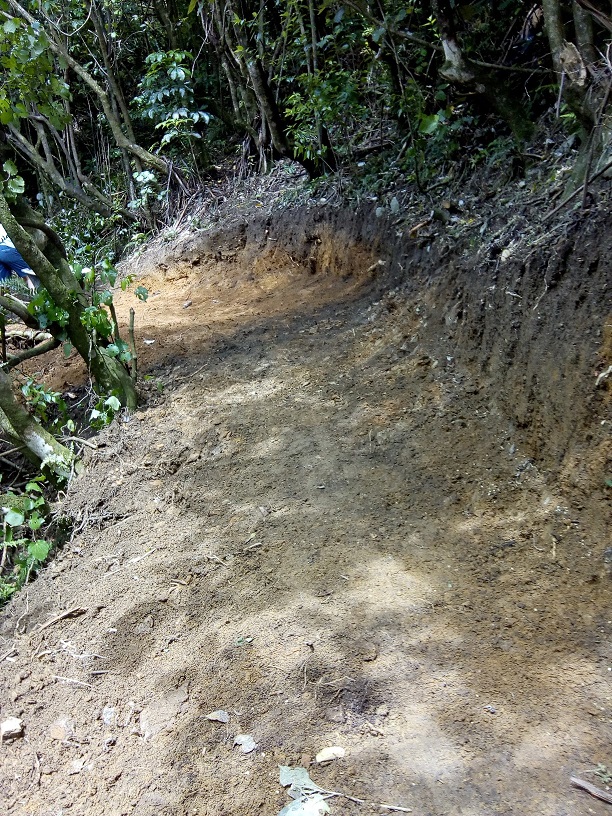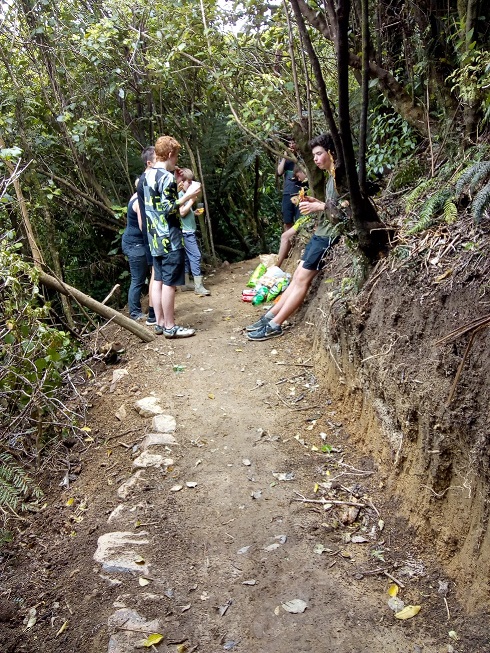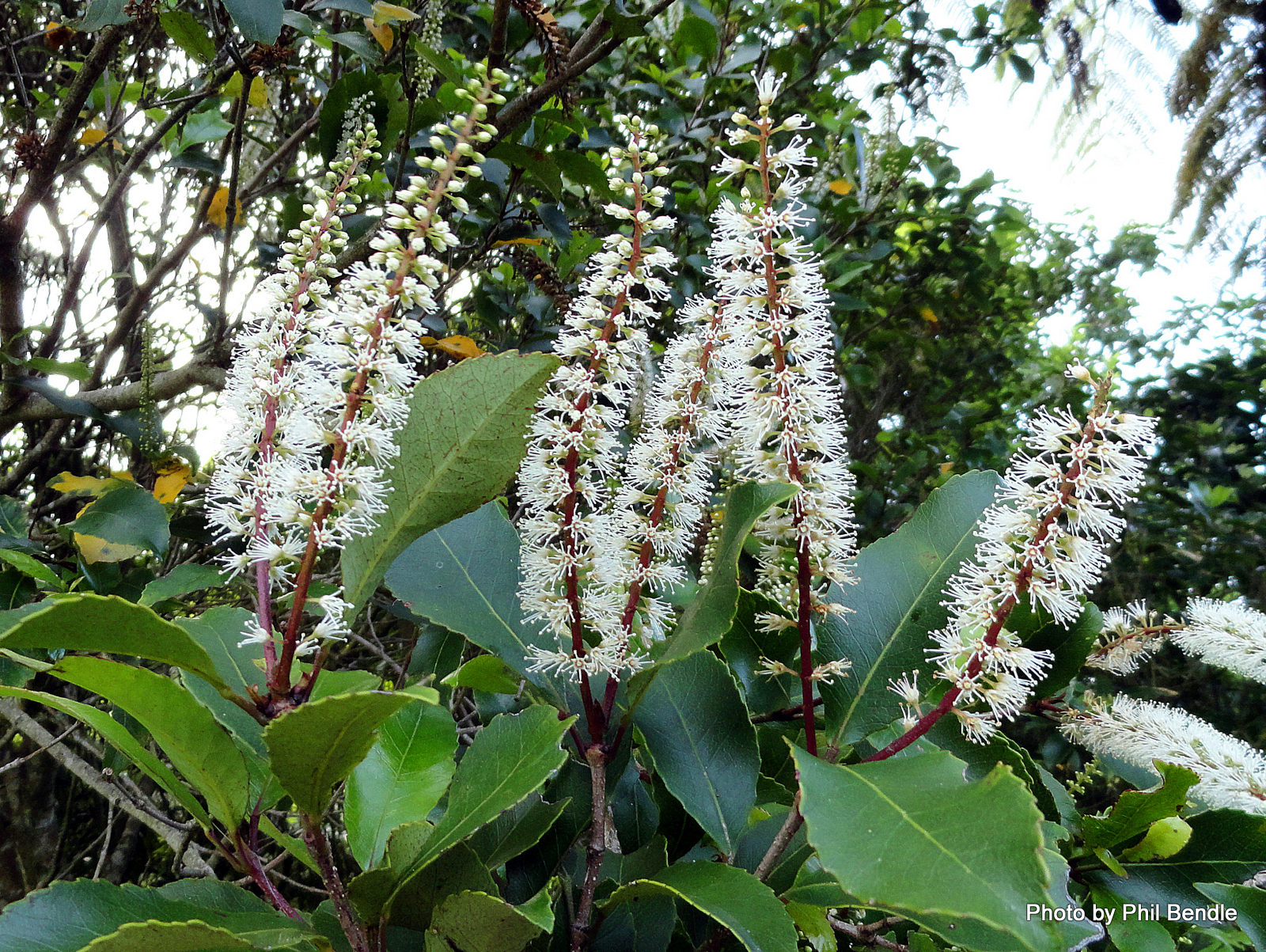It’s been another big year at Makara Peak with the park continuing to develop and evolve as the ten-year master plan is implemented and efforts continue to re-establish the native forest and wildlife.
We’re extremely grateful for everyone who volunteers their time, signs up to become a Supporter, or donates when we ask for help funding our major projects. There are thousands of hours given to the park by people planting trees, trapping pests, building track, back office work, and a wide range of other tasks and projects. Thank you one and all.
Thanks to the Supporters management committee for your hard work, dedication and good humour - Andrew Cooper, Clint Brandon, Evan McCarney, Kerei Thompson, Mark Kent, Peter Leman, Simon Kennett and Stewart Glynn. Committee meetings are never boring! We continue to have a great partnership with Wellington City Council and the Parks team in particular. They do a huge amount of work, and keep things ticking over in the park.
There’s still a lot of potential for better engaging park users around our vision for establishing a world class mountain bike park in a restored native forest. This won’t be achieved without the support and input from the community. With track counters estimating around 70,000 park entrances a year, if everyone who used the park became a Supporter (just $30 a year!) then we’d be able to massively speed up the implementation of our plans. Something we’ll be working on in 2020 along with quite a few exciting projects.
Pedal on
Simon O’Brien, Chair, Makara Peak Supporters
2019 highlights
On the tracks side of things, volunteers completed the rebuild and extension of Starfish which has quickly become a favourite trail for lots of riders. TGL built a new section of SWIGG that weaves through the trees and down to the main entrance, and a short but important section of track was built to connect Aratihi to the summit which cuts out the blustery and boring section of 4WD.
Entrance upgrades - the entrance on Allington Road was recently upgraded, with a new concrete ramp, retaining wall and safety rails thanks to a grant from Four Winds Foundation and our cash reserves. It’s now much more fit-for-purpose for beginners and new riders who use this entrance as part of the kids loop.
On a totally different scale, a major revamp of the main entrance and carpark on South Karori Road began in Spring, with work scheduled to be completed in late January. This project is being funded and managed by WCC.
Maintenance work is on-going – with such a big trail network we’re always working to ensure tracks don’t degrade too much. Retaining walls have been replaced on Koru, the middle section of Aratihi was rebenched, Peak Flow got some love, rock breaking continues on North Face, bridges have been replaced on Nikau Valley and the Wild at Heart bridge had its regular check-ups.
The skills park was completely rebuilt by Southstar and opened just before Christmas. This project was only possible thanks to the 238 generous people who donated to our Givealittle campaign, plus grants from Karori Brooklyn Community Charitable Trust, New Zealand Community Trust and Teriwhiti Charitable Trust, and a sizeable contribution from our cash reserves. There’s still some work to be done with seating, signage and generally tidying up the area which will be done in the new year, but judging by the crowds of people testing their skills on the weekend, it’s already proving to be a hit.
Summit project - a team is working away in the background on a project that will see the summit area revamped to tell our story to visitors to the park – including the history of the area, the development of the park and conservation progress to date.
Kohanga a porokapa – work has begun on clearing land at the south end of the park in preparation for planting a lot of podocarps in 2020. Thanks to Meridian and ACC who donated volunteer days that have helped kick off the project. We’ve received grants from Wellington City Council, Trees That Count, The Greenwood Trust and Wellington Zoo Trust towards the costs of this project.
Zac’s track and surrounds - we received a generous grant from the Ian ‘Zac’ Pearson Endowment Fund which has enabled us to make a good start on upgrading the track and its environs. The fence has been upgraded to make it goat-proof and we have planted 700 shrubs in areas adjacent to the track.
Another 1000 odd trees and shrubs have been planted this year by committed and enthusiastic volunteers. Some were planted alongside new tracks like the new Starfish, others in-filling holes in other areas. We are on track for our commitment to plant a tree for every metre of new track built.
Transpower completed their maintenance on the powerlines, which despite some inconvenience to park users, went as smoothly as could be expected.
Coming up in 2020
Kohanga a porokapa more work will be done to prepare the site for planting, with new access and fences installed to prevent pigs and other pests from eating the podocarps when planting begins next Winter.
T3 will be reborn as a grade 3 intermediate level climb. Expect this to be reopened in late Summer or early Autumn.
Zac’s track will get a refresh and changed to downhill only. When combined with T3, riders will have a short loop option in the Northern end of the park.
Summit to North Face - a short new link track will be built from the summit down to the start of North Face and Trickle Falls. This is scheduled to begin in February and is part of a re-jig of the tracks that link the summit to the tracks in the northern end of the park.
North Face to Starfish - the tracks team have marked out most of a new grade 4 trail that will take riders from the end of North Face, over towards where Starfish meets Snakecharmer. There’s some potential for another outstanding grade 4 trail in a similar vain to Starfish - look out for dig days kicking off in late January.
T3 downhill - one of the next tracks to be built will be the new grade 4 to replace T3. Using the first 50 off metres of T3, it will then branch off and head all the way down to the water tank at the bottom of Varley’s.
Track upgrades - having seen what’s possible with the new section of SWIGG and Starfish, we’d like to look into upgrading and updating some of the existing tracks. Lazy Fern, Smokin and parts of North Face could do with a bit of modernising. Fundraising will dictate what we can achieve.
